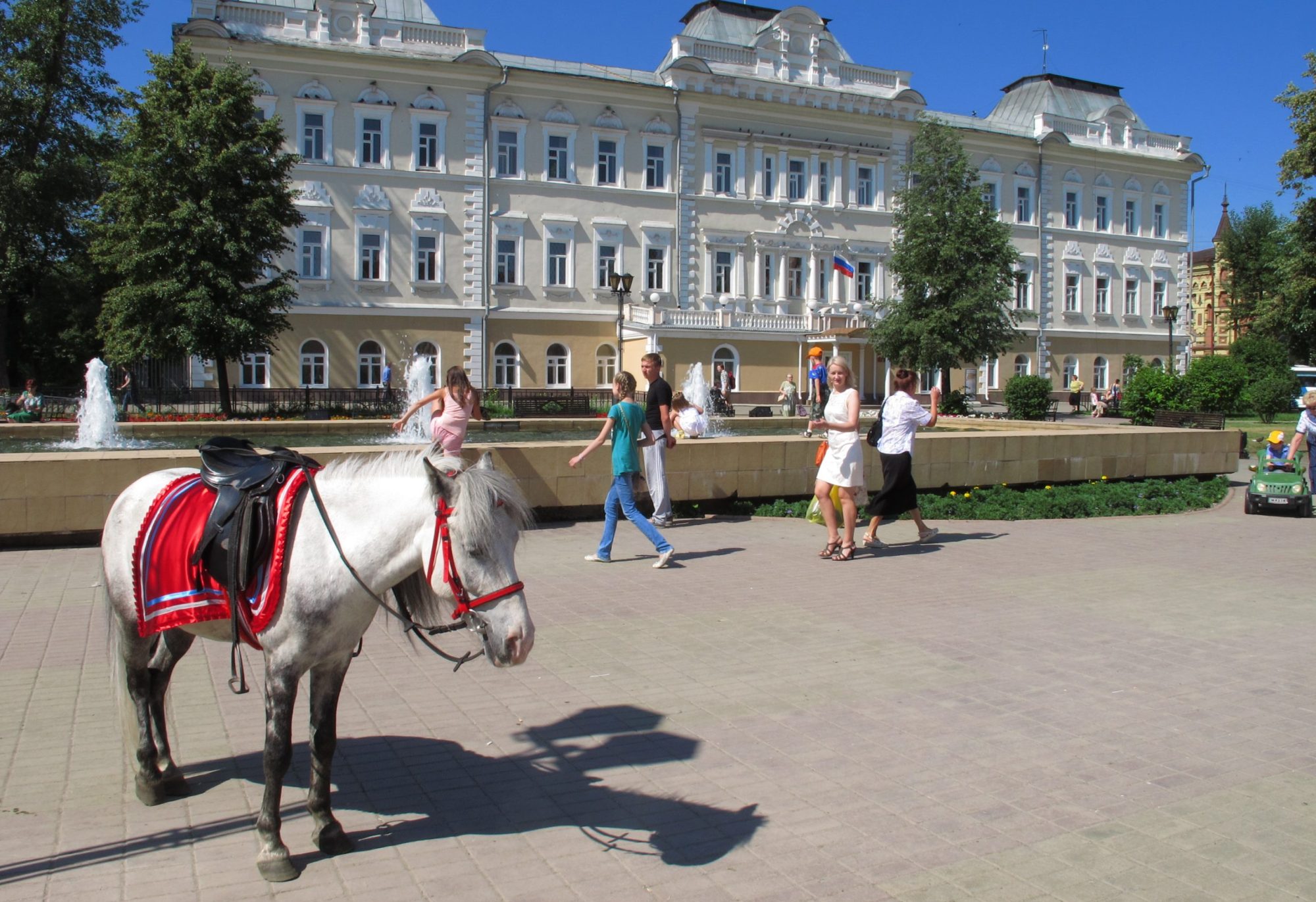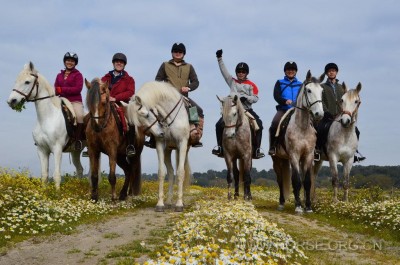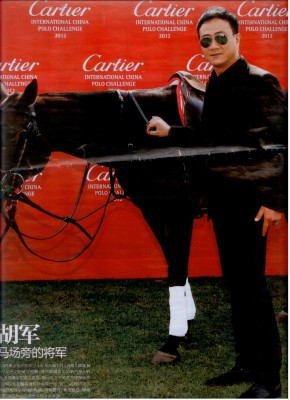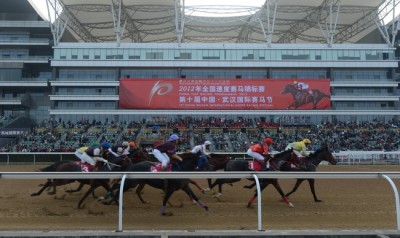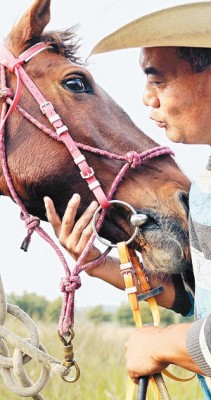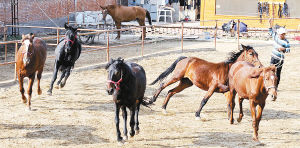In late August we had private equity firm SMC Capital China, a subsidiary of Hong Kong-based Simon Murray Group, sign a US$19 million joint venture (Inner Mongolia Rider Horse Industry Co Ltd) with Khorchin Rider Horse Co Ltd – which claims to be the biggest privately owned breeder of horses here – to develop a firm that’ll be a world leader. How will that impact the plans of firms like Darley and Coolmore, which plan to import horses? SMC put up half the capital because it reckons equestrianism is a ‘sunrise industry’ set to grow alongside golf and wine. SMC puts a $1 billion worth on the horse sector and says it’s growing at 20% a year. The China Daily quotes Hamilton Ty Tang, managing director of Simon Murray Co Ltd, as saying the number of equestrian clubs increased from less than 100 in 2007 to between 700 and 800 nowadays. Breeding, feed and setting up riding clubs are what Khorchin is about: that’s according to Lang Lin, founder and chairman of Khorchin Rider Horse, which was established in 2006. Lang says he gets the bulk of revenue and profits from breeding and, fascinatingly, says he can breed and feed at a fraction of the cost of competitors. “For example, the monthly cost for keeping a horse can be between 4,000 yuan and 5,000 yuan in Shanghai, while at Rider, it falls to 1,000 yuan,” Lang said, adding that the location of the company, the local government’s support and their management techniques make this possible. He expects sales of horses to double in 2012.
This is the second equestrian feature in as many months by the China Daily, which likes to write about horses like they’re Gucci handbags or Ferraris. Consumption, consumption. “China is desperately short of experienced horse trainers,” according to the China Daily, in another breathless piece on China’s demand for horses. Curiously the paper doesn’t mention the shortage of veterinarians. The paper rather quotes newly arrived Tyrel Hotchkiss a 26-year-old US cowboy and horse breaker as an example of a wave of foreign trainers apparently headed here. Funny, I’ve not seen too many of them – but a club with no less than 15 imported trainers for 100 foreign horses is Bangcheng Equestrian Club in Ordos – a coal boom town in the middle of Inner Mongolia. It claims to have spent 20 million yuan ($3.1 million) to buy 68 quarterhorses from the US this year.
Li Yanyang, editor-in-chief of the Chinese publication Equestrian Magazine, said the countrywill need many trainers from overseas in the next five to 10 years to meet demand. “Although a comprehensive and high-quality equestrian infrastructure is in place, China’semerging professional horse industry has a severe shortage of equestrian professionals,particularly high-level trainers,” Li said.
According to Li China’s equestrian clubs have sourced an average of more than 1,000horses each year from overseas breeders, of which most are expensive, sturdy horses fromGermany, France and the Netherlands,” Li said, adding that the number is projected toincrease substantially over the coming years. “But the problem is when those horses have arrived in China after what can be a series ofcumbersome procedures, very few experienced Chinese domestic trainers are able to trainthem.
Li says China will be the world’s largest importer ofhorses by 2022, although at present the country has fewer than 800,000 professional and amateurriders.
